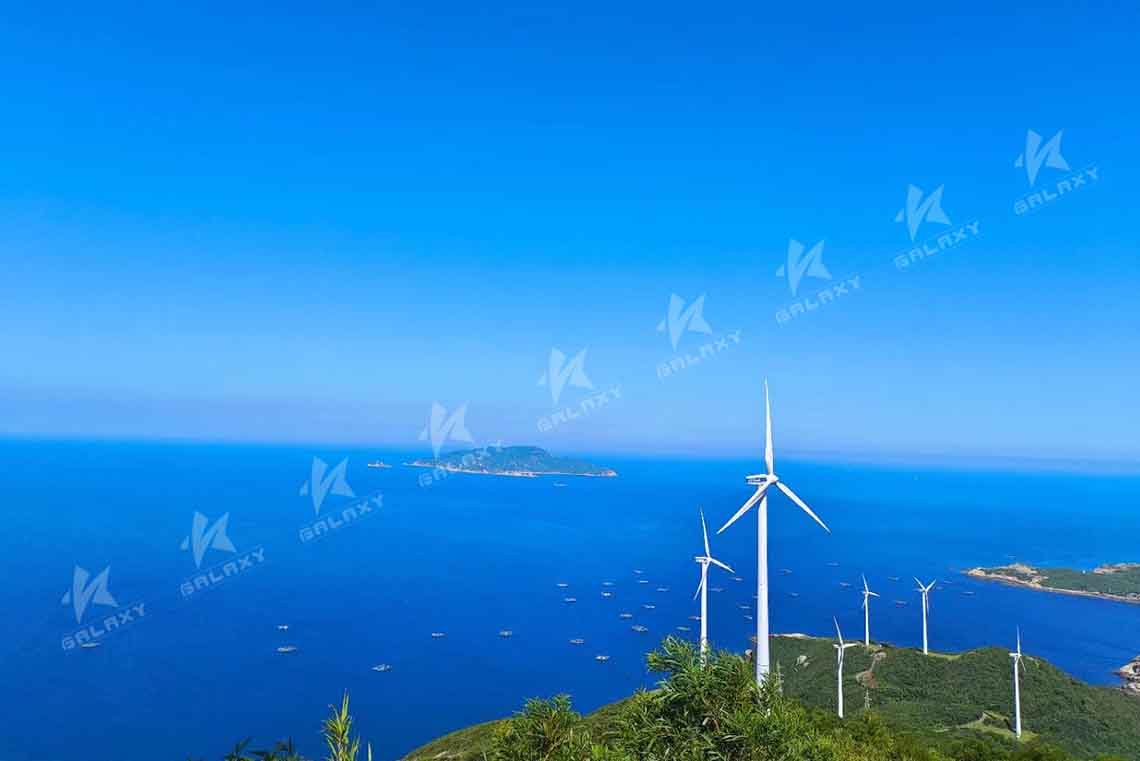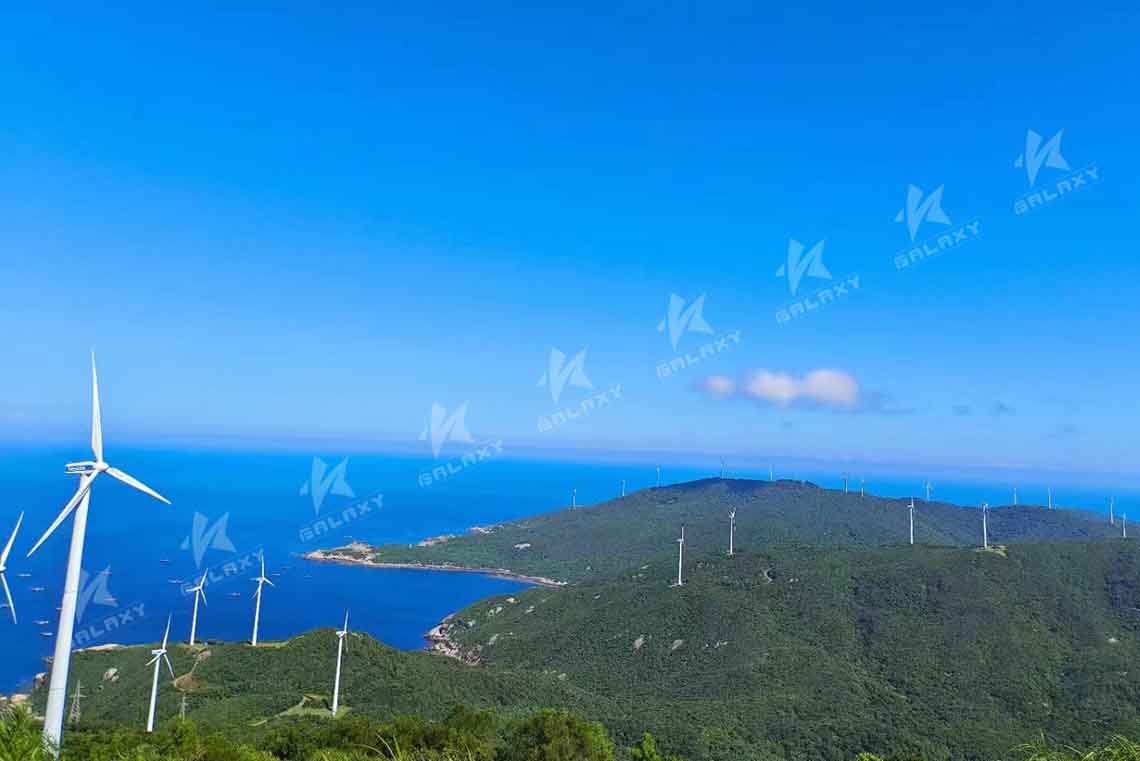BLOG
The Key To a Sustainable Free Energy Future
Globally, the demand for energy continues to grow, while the environmental impact and limited reserves of traditional fossil fuels are driving the search for renewable and sustainable energy solutions. Free energy, i.e. those forms of energy that require no fuel costs and are environmentally benign, such as wind and solar energy, are becoming key to the future of energy development. In this paper, several important free energy technologies will be introduced: horizontal axis small wind turbines, vertical axis wind turbines, wind and solar hybrid power systems, permanent magnet generators (PMGs) and coreless PMGs. 
Horizontal axis small wind turbines
Horizontal axis small wind turbines (HAWTs) are the most common type of wind turbine. Its features include:
Design and construction: Horizontal-axis turbines have a horizontally mounted main shaft and wind blades, usually three blades, similar to an aircraft propeller. This design helps to maximise the capture of wind energy.
Efficiency: Due to its design to be able to rotate into the wind, the HAWT has a high energy conversion efficiency and is suitable for use in areas with steady wind speeds and little change in wind direction.
Applications: Small HAWTs are often used as stand-alone power systems for homes, farms or small businesses, and are both environmentally friendly and economical.
Vertical Axis Wind Turbine
Vertical Axis Wind Turbines (VAWTs) have a different design and advantages from horizontal axis turbines:
Design and construction: their main shaft is mounted vertically and the wind blades rotate around the main shaft. Common types include the Darrieus turbine and the Savonius turbine.
Adaptability: VAWTs do not need to be reoriented into the wind and are able to capture wind energy from any direction. This makes it particularly suitable for areas with unstable winds.
Maintenance and safety: Due to its low structure, the VAWT is easier and safer to maintain, making it suitable for urban and residential areas.
Wind-Solar Complementary Power Generation System
A wind-solar hybrid system combines two renewable energy sources, wind and solar, to improve the stability and reliability of the energy supply through complementary advantages:
System Composition: The system usually consists of a wind turbine, solar panels, controllers and batteries.
Advantage: Wind and solar energy complement each other, for example, solar energy is abundant during the day, and wind energy supplements it at night and when it is windy. This can achieve all-weather power supply.
Applications: Widely used in remote areas, islands, communication base stations and homes where stable power supply is needed.
Permanent magnet generator
Permanent magnet generators (PMGs) are devices that generate electricity by cutting wires with the magnetic field of permanent magnets. Their simplified design and high efficiency make them suitable for various renewable energy systems.
Working Principle: The permanent magnet is used to generate a stable magnetic field, which cuts the magnetic lines of force by rotating the rotor, thus inducing a current in the stator winding.
Advantages: no excitation coil and carbon brushes, no need for external power supply, simple structure, high reliability, low maintenance costs.
Applications: Widely used in wind power generation, small hydroelectric power generation and independent power generation systems, etc.
Coreless permanent magnet generator
Coreless permanent magnet generator (PMG) is a new type of permanent magnet generator (PMG) with coreless design for higher efficiency and reliability:
Design features: The coreless design eliminates the hysteresis loss and eddy current loss caused by the iron core and improves the power generation efficiency. At the same time, it reduces the use of core material and lowers the weight.
Performance Advantage: Due to the coreless design, the starting torque is low and it is able to start under low wind speed conditions, which is very suitable for small wind power generation systems.
Application areas: Suitable for small wind power generation, home self-power generation and other power generation scenarios that require high efficiency and low maintenance. 
The continuous development of free energy technologies offers a variety of effective ways to achieve a sustainable energy supply. Horizontal-axis small wind turbines and vertical-axis wind turbines utilise wind resources to provide a reliable power solution; wind-solar hybrid power generation systems ensure a more stable power supply through the combined use of wind and solar energy; and the application of permanent magnet generators (PMGs) and coreless PMGs not only improves the efficiency of power generation, but also reduces the cost of maintenance and environmental impact. Through continuous innovation and optimisation, these free energy technologies will make a significant contribution to sustainable development in the future.